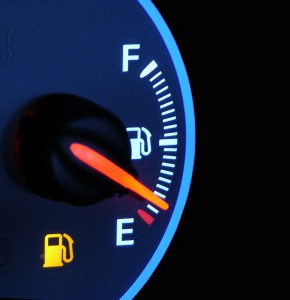 The advertised fuel efficiency of your car will normally be an estimate of the maximum output the vehicle can achieve under certain conditions. In reality, your car’s fuel efficiency will vary considerably based on how you drive it among other factors. If you’re looking to get the most from your car, read about the five following common ways that drivers lose fuel efficiency—and ways to avoid them from BMW of Freehold.
The advertised fuel efficiency of your car will normally be an estimate of the maximum output the vehicle can achieve under certain conditions. In reality, your car’s fuel efficiency will vary considerably based on how you drive it among other factors. If you’re looking to get the most from your car, read about the five following common ways that drivers lose fuel efficiency—and ways to avoid them from BMW of Freehold.
- Constant heavy acceleration. Accelerating puts more demand on the engine, forcing it to burn more fuel. Your fuel consumption is related directly to how hard the engine is working. Constant heavy acceleration simply burns fuel with no real benefit. This includes racing away from traffic lights or zooming up to traffic on the highway and then having to hit the brakes hard. Drive moderately, accelerating steadily and smoothly to avoid guzzling gas.
- Losing traction on the road surface. When you are driving in wet or unusually slippery conditions, you need to drive more carefully. Driving and accelerating in the way that you would on clean, dry surfaces is likely to cause the car to lose traction and the tires to slip. This is also guaranteed to eat into your fuel unnecessarily.
- Inefficient gear changes. A manual gearbox is intended to maximize the performance and fuel efficiency of the engine. You therefore need to shift into the upper gears quickly. Revving hard in the lower gears burns up your fuel and drastically reduces your gas mileage. The ideal shift points will vary from one transmission to another, but you should generally aim to shift to second gear before you reach 15 miles per hour and reach the top gear by the time you hit 35 miles per hour.
- Resting your foot on the brake pedal. You should never drive with your foot resting on the brake pedal. Even the lightest touch affects the fuel economy and places unwanted demand on the engine. You will also wear the brakes unnecessarily, which may encourage you to ‘grab’ the brakes or press much harder, again eating into your fuel economy.
- Idling at traffic lights. If your engine is running idle at the traffic lights, then it is consuming fuel without any need. If the car isn’t moving, shift your transmission into neutral to drop the revolutions per minute. The car will stop consuming gas and your fuel efficiency will increase.
While the design and specification of your car is a major influence on your fuel efficiency, the way in which you drive also has a significant bearing. Avoid these common mistakes and get the most from your money—and if you’re in need of a more economic option in general, check out our new BMW lineup for a wide selection of green and fuel-efficient models.



